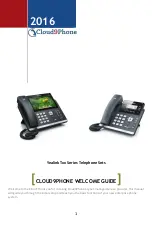
period, remember to recharge the battery to optimise
its use time.
7.
Do not throw batteries away with household waste:
recycle them in accordance with the manufacturer’s
guidelines. If the battery is damaged, contact the
after-sales service or the nearest authorised WIKO
dealer.
8.
Unplug the charger from the wall socket when the
battery is fully charged in order to reduce your energy
consumption.
9.
Do not leave the battery being charged for more than
a week as this might result in an overload and reduce
the life of the product.
10.
Handle the SIM cards with care : wipe them with a
soft cloth if they appear dirty.
11.
Emergency calls : the emergency numbers may
not be accessible on all mobile telephone networks,
in isolated areas or areas where there is no coverage;
check first with your operator.
12.
Radio Frequency Exposure :
Your mobile phone has been designed and manufac-
tured in accordance with the international guidelines
(ICNIRP
1
) on exposure to radio frequencies. These
guidelines, which are based on various studies and
research, have been developed by independent scien-
tific organisations to ensure the safety of everyone who
uses a mobile phone.
The safety information on exposure to radio waves
uses a unit of measurement known as SAR (Specific
Absorption Rate). The international guidelines have
set this limit at 2W/kg*. The phone is used in standard
operating positions when being tested for its SAR.
1
International Commission on Non-Ionising Radiation
Protection
Although the SAR is determined using the highest
power level, the phone’s real rate of specific absorp-
tion whilst in operation may be well below the maxi-
mum value.
A phone is designed to operate at different power lev-









































